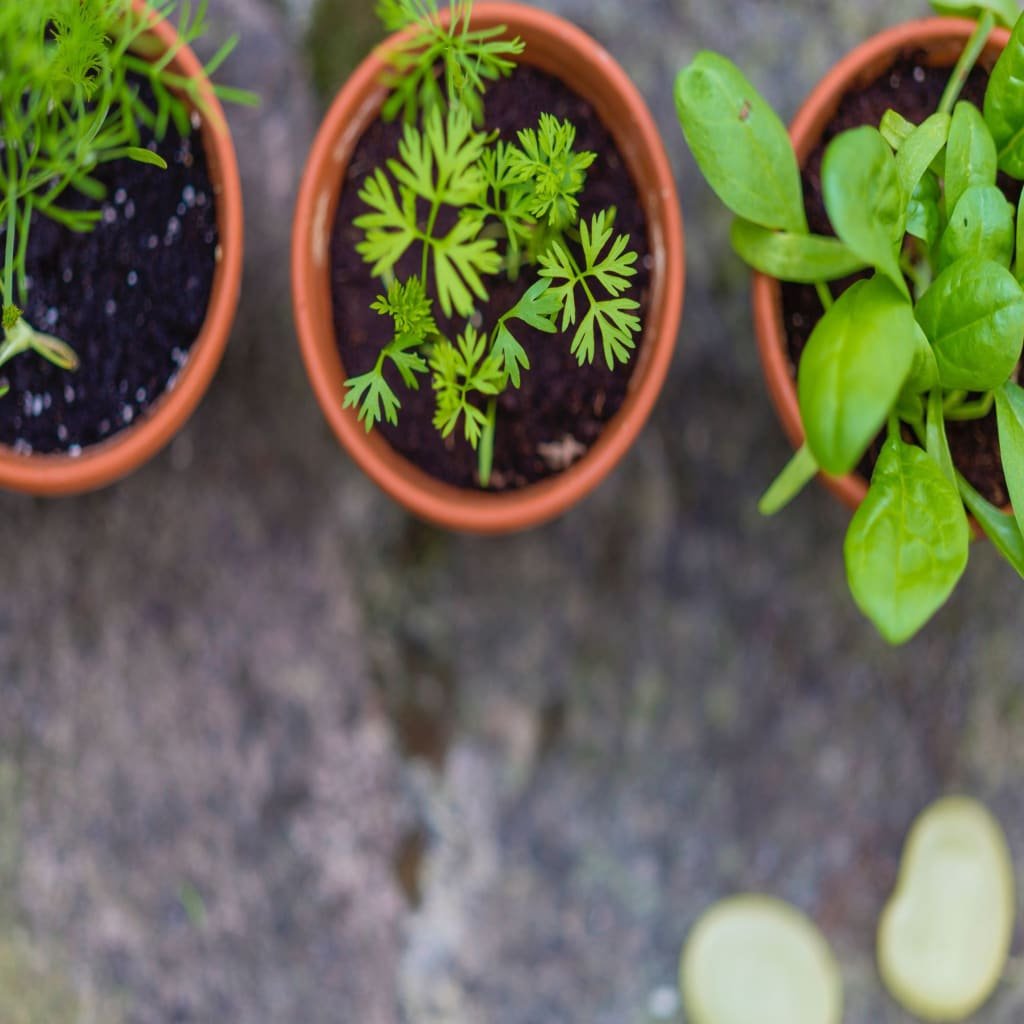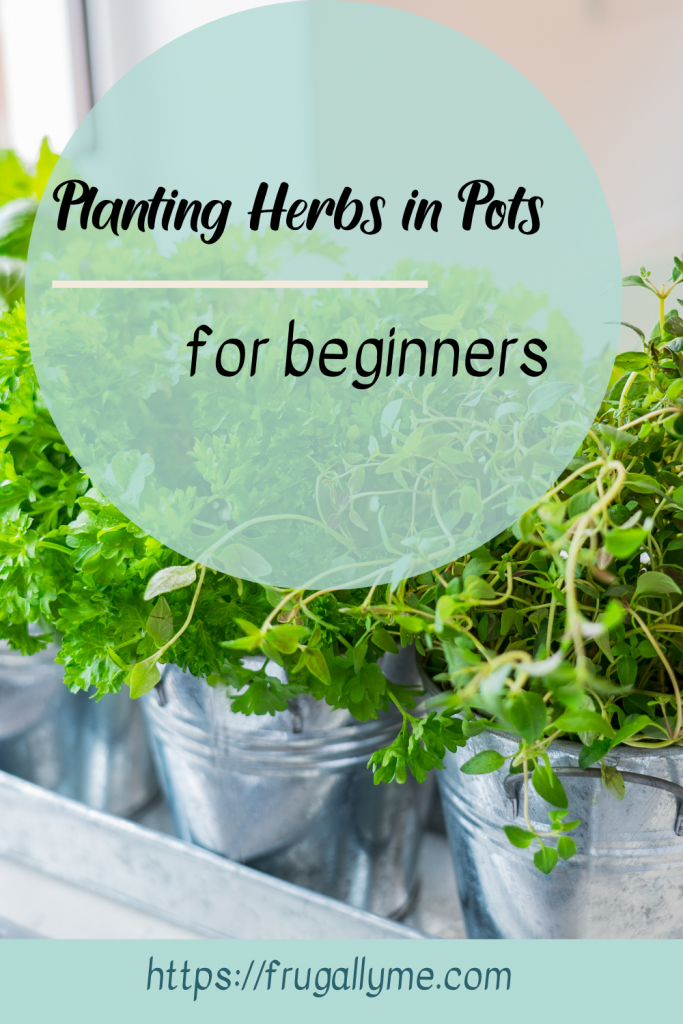Herbs are one of the easiest things to grow, and make a huge difference to your food. Find out how to start planting herbs in pots for beginners, and you won’t look back.
Many herbs grow well, and quickly, in pots. So this is a good project to start with if you are a gardening beginner and want to learn how to do container gardening.
On this page
Growing Herbs at Home
Herbs should be a fairly essential part of our life. We use them to flavour our dishes and also to treat health ailments. Herbs are used in soups, salads, pasta sauce, drinks, sauces, fried dishes, curries and many more food dishes. Recipes without herbs are often incomplete and tasteless. They’re not very healthy either.
Which Herbs to Grow in Pots?
Rosemary, oregano, sage, parsley, coriander, etc are highly popular herbs that are used in a plethora of cooking styles. They are medicinal in nature too. This is due to the fact that they contain phytochemicals that benefit our health. Many health problems and diseases can be averted by consuming herbs such as ginger, peppermint, oregano, garlic, lemon grass, lemon balm etc. on a regular basis.

There are a variety of herbs out there but the best potted herbs that are suitable for container gardening would be:
- mint
- parsley
- sage
- rosemary
- thyme
- chives
- basil
- oregano
- coriander
When choosing your herbs, check that they are disease and pest resistant to prevent possible future problems.
One last point to note before you leap in and plant herbs is that certain herbs such as thyme, mint or oregano are highly invasive herbs and should not be planted together with other herbs or they will end up killing the other herb plants.
Before you start growing herbs in pots, think about their natural habitat. That is what you are trying to mimic when you create your little herb pot. If a herb likes moist cool conditions, don’t plant it with Thyme that likes severe Mediterranean conditions. If you are not sure where a herb comes from, think of the food that is normally cooked with it to give you a clue. It is easy to combine herbs that come from the same region, in the same container.
Growing Herbs in Pots Outdoors
Culinary herbs are one of the most frequently grown types of plants in container gardening. In fact, it is safe to say that the majority of people who do container gardening usually grow herbs. They are easy to grow and fresh herbs from your container garden are always better than store-bought ones.
You can easily grow herbs in pots and containers and it’s better to do so because you can always move the pots into shade, shelter or indoors if there is inclement weather or other threats to the plants.
Caring for Your Potted Herbs
So once we have selected our pots and chosen our herb, the fun begins. Now it’s all about caring for your potted herbs. Just like helpless children, they are now your responsibility.
It may sound strange but plants, including herbs, need a routine. Like you and I have our needs, plants need sufficient sunlight, consistent watering (which is where many people go wrong), and the correct temperature.
But it’s not as tricky as it sounds because you just need to understand the requirements of each herb. Many of the herbs you grow in your garden will have similar requirements so you will find it will not be too difficult to care for them.
Sunlight
Obviously, sunlight is essential as it is the main source of energy for your plants. Most herbs require six to eight hours of sunlight each day. I know when I try to start them off too early in the year because they don’t do a lot for the first few weeks.
If you can, place your pots in a south-facing direction or any space where they can have the most sunlight.
Water
Generally speaking, every herb has their own specific watering needs. However, a general rule of thumb is that you should water when the top inch of potting soil feels dry to the touch.
It is important that you don’t over-water as most herbs hate having their feet in water. And who can blame them? So it’s far better to err on the side of under-watering than over-watering.
This is also why you must ensure that you always have drainage holes in your containers.
Temperature
Temperature is a pivotal factor in the production of healthy herbs. As previously mentioned, the majority of herbs that we like to grow are Mediterranean in origin. So they will thrive in temperatures between 60 and 70 degrees Fahrenheit, mirroring Mediterranean climates.
If you overwinter your herbs, ensure you site them away from cold drafts. Cold winds cause the majority of the damage. Strangely enough, my herbs seemed to survive the winter really well this year. In fact, they practically thrived. But this is probably due to the fact we had a mild winter.
The best thing you can do when you start container word gardening is to care for your herbs just by giving them some attention. Most herbs show signs when they’re not happy. Normally yellowing leaves, the plant wilting or slow growth are bad signs. Take note of these little signs and alter their care as applicable. With some patience and a very little effort, you’ll soon be heading towards being the proud owner of a thriving potted herb garden.
Follow the advice in this article and do your own research. This will help you with planting herbs in pots successfully even for beginners. It will be very satisfying to grab some basil to use in your cooking. The satisfaction of using your own herbs in your food has to be felt to be appreciated.

